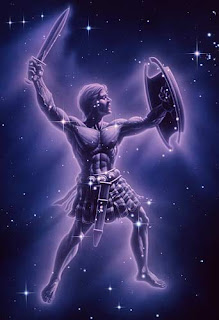Event 3

Hox Zodiac The Hox genes are the genetic material that is shared across all animals. Essentially all members of the animal kingdom start off the same but when going through the stage of cellular development as embryos we start to look different. To display how there is a clear link between all creatures the artist, our professor, used the Chinese zodiac’s animal avatars’ embryonic state to display the physical similarities before there are stark differences. When seeing how all the animal look almost identical and understanding how we, as humans, have the same cellular make up; I couldn’t help but to feel more of the interconnectedness between the animal kingdom and I. The artwork brought evolutionary differences to the forefront and I could not help but to wonder where the planet would be if natural selection favored other species. This theme explored the similarities and differences through amazing 2 story tall paintings on silk and graphs that

